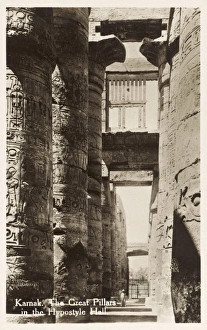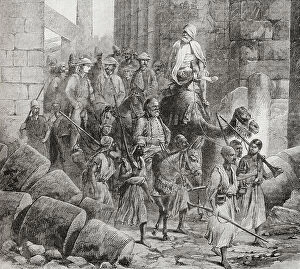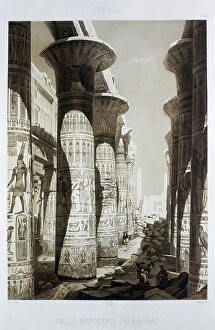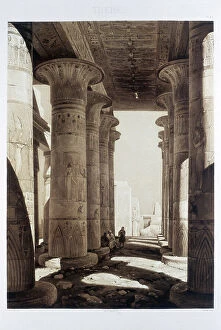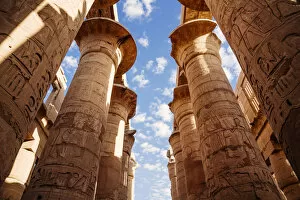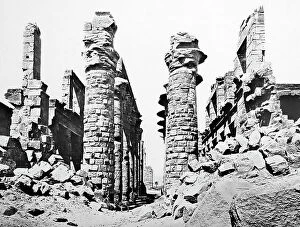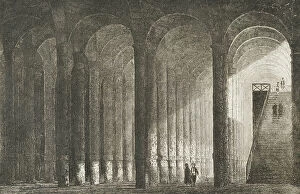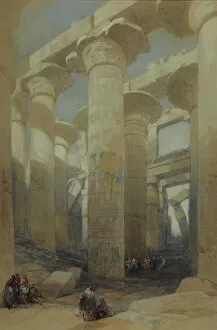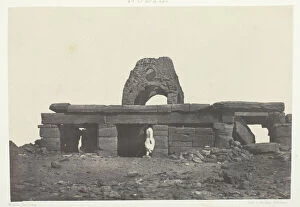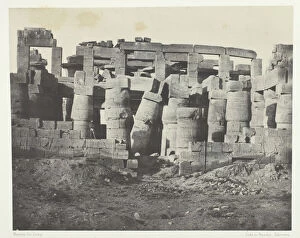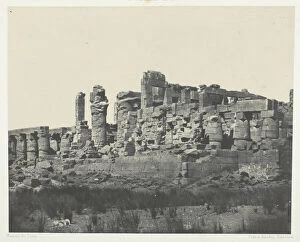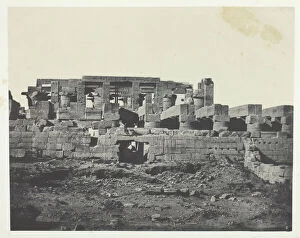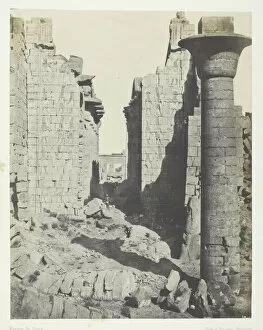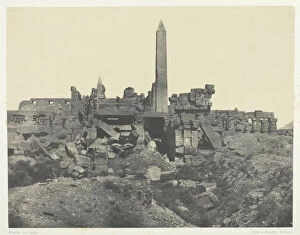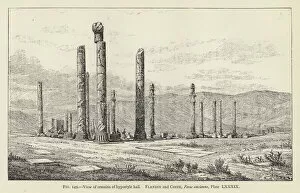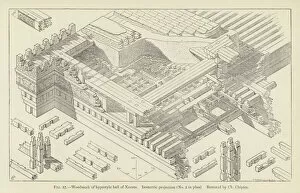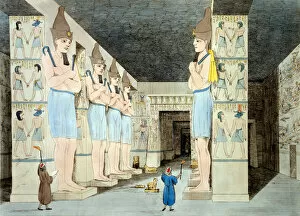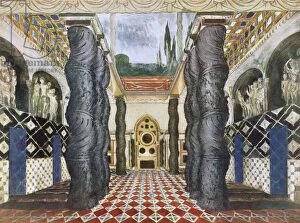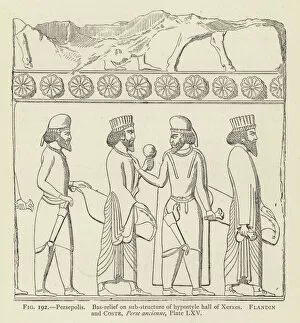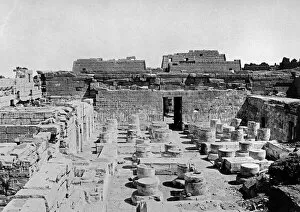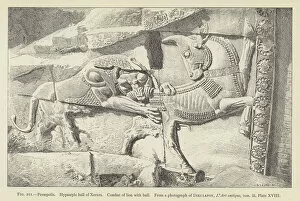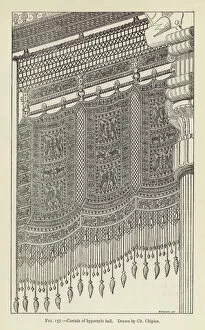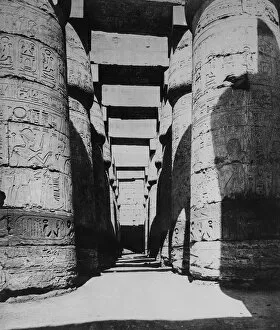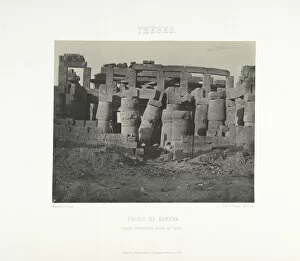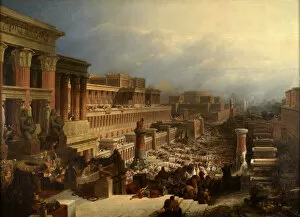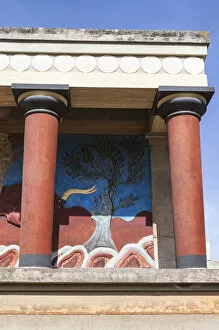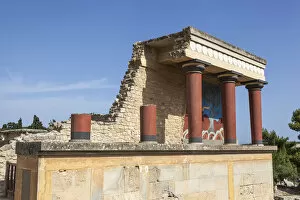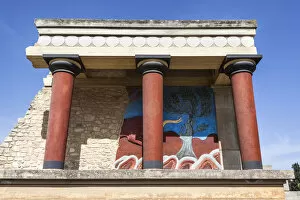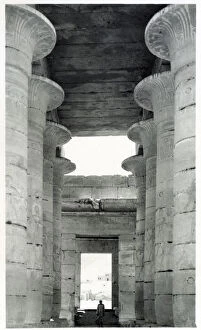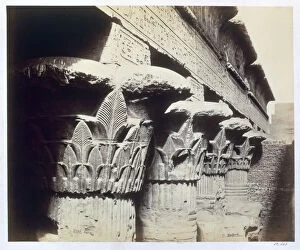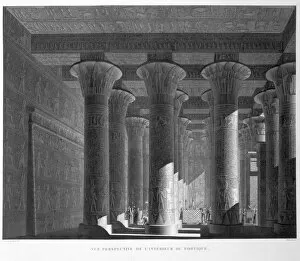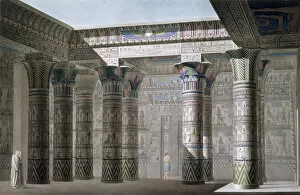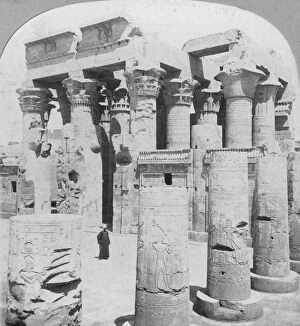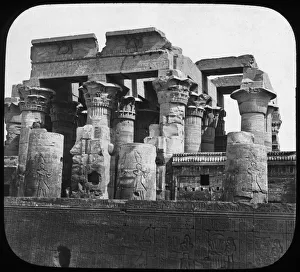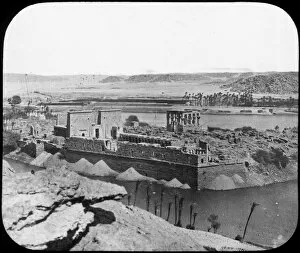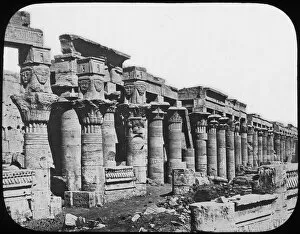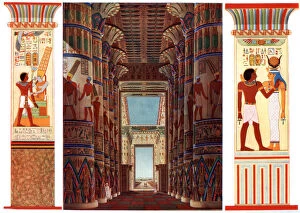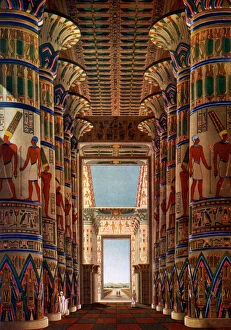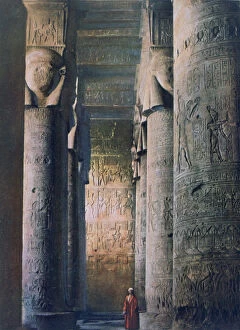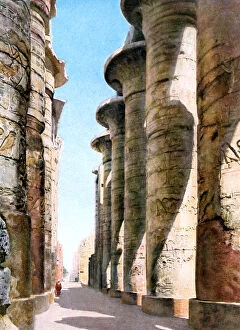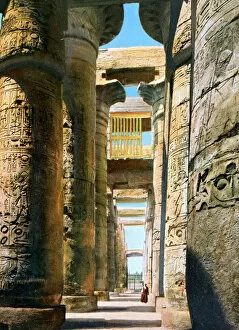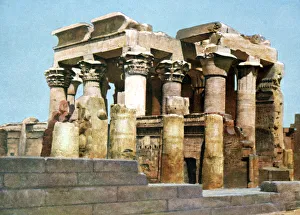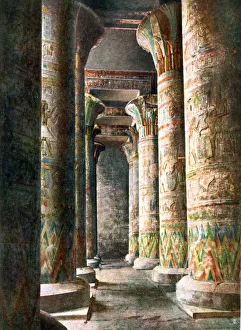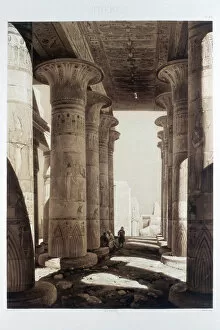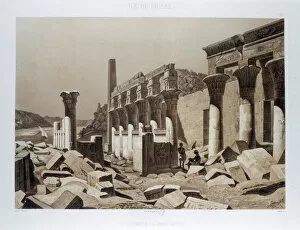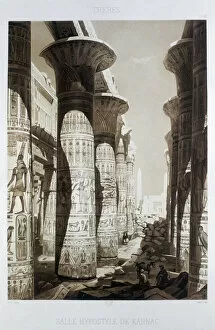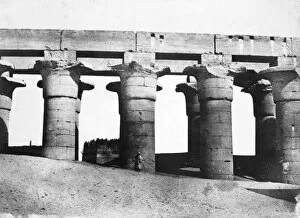Hypostyle Collection
The Hypostyle: Majestic Pillars and Architectural Marvels Step into the grandeur of ancient Egypt's Karnak Temple Complex
For sale as Licensed Images
Choose your image, Select your licence and Download the media
The Hypostyle: Majestic Pillars and Architectural Marvels Step into the grandeur of ancient Egypt's Karnak Temple Complex, where the Great Pillars of the Hypostyle Hall stand tall, captivating visitors with their awe-inspiring presence. This architectural masterpiece, also known as the Hall of Columns or Great Hypostyle, showcases a symphony of towering columns that create an enchanting labyrinth within its walls. Travel to Turkey's Constantinople and discover the mesmerizing Cistern of Philoxenos. Here, columns rise from below ground level, supporting a mystical underground chamber adorned with water reflections. The combination of these majestic pillars and serene blue skies creates a breathtaking sight. Return to Karnak Temple in Egypt and be spellbound by the magnificent Great Hypostyle Hall once again. Its vast expanse is filled with rows upon rows of colossal columns reaching towards the heavens. As sunlight filters through gaps between these imposing structures, it casts ethereal shadows on those who wander beneath them. Immerse yourself in history as you explore sketches from centuries past depicting these architectural wonders. In "The Temple, Karnak" created in 1838 by an artist using watercolor and pencil on paper, one can almost feel transported back in time to witness this marvel firsthand. Maxime du Camp's works further transport us through time; his prints capture stunning views such as "Temple d'Amada; Nubie" (1849/51) and "Palais de Karnak" (1852). These images showcase different angles and perspectives within the Salle Hypostyle - from its northern entrance to its southeastern corner - offering glimpses into its intricate beauty. Whether standing amidst these monumental pillars or admiring them through artistry preserved over generations, one cannot help but be captivated by the magnificence that is hypostyle architecture. It serves as a testament to human ingenuity and the enduring allure of ancient civilizations.

